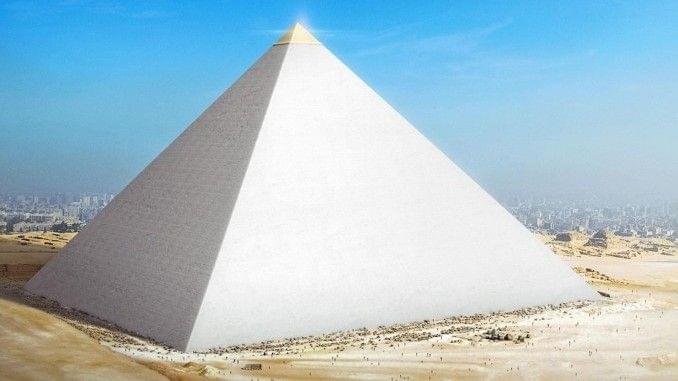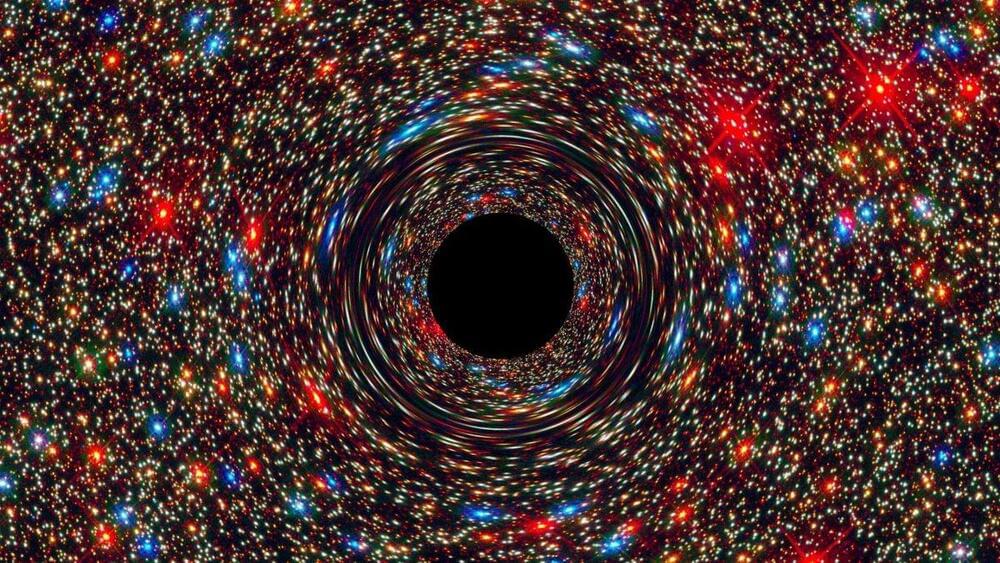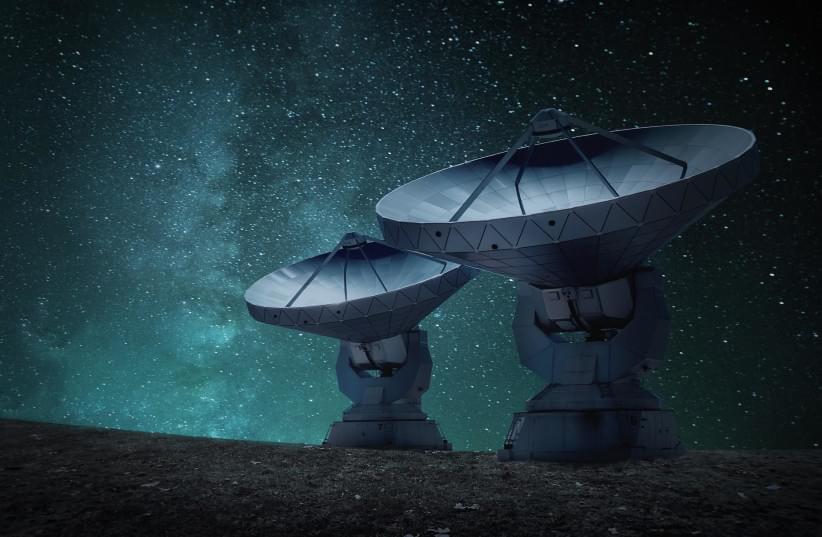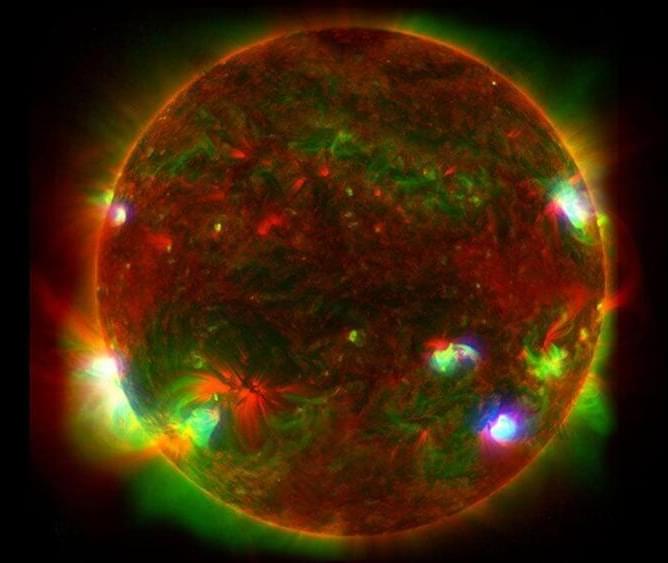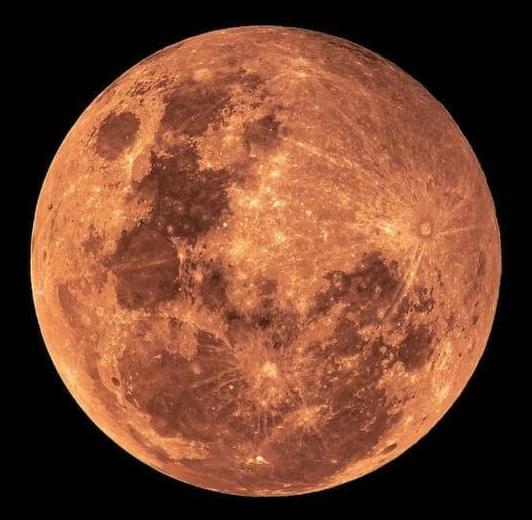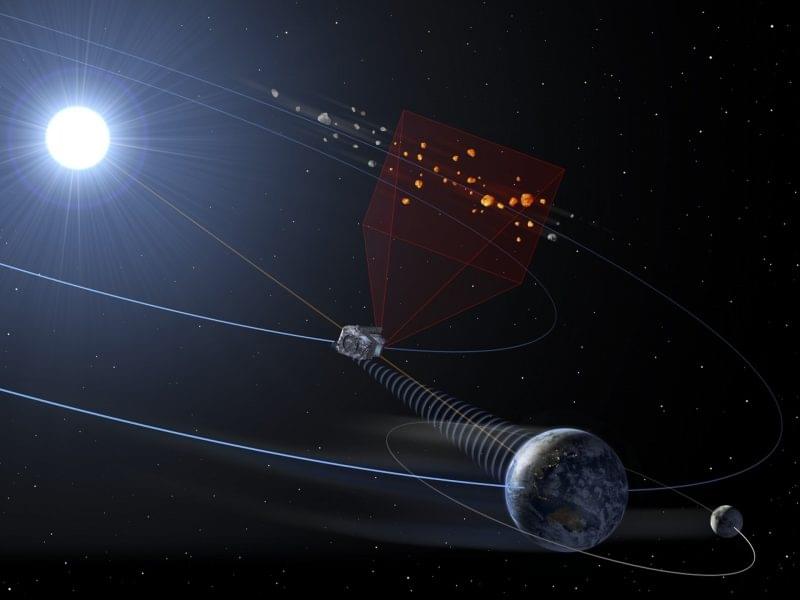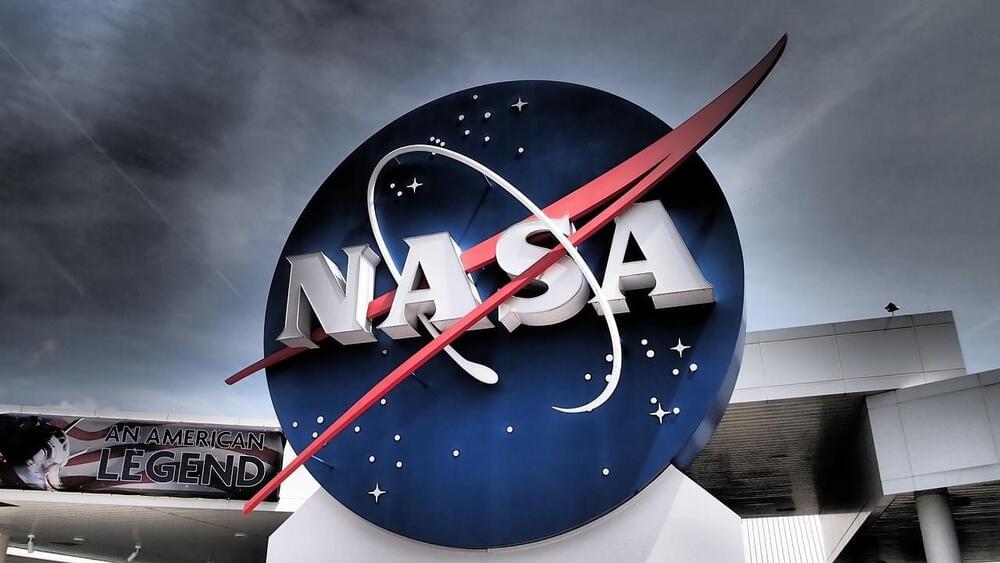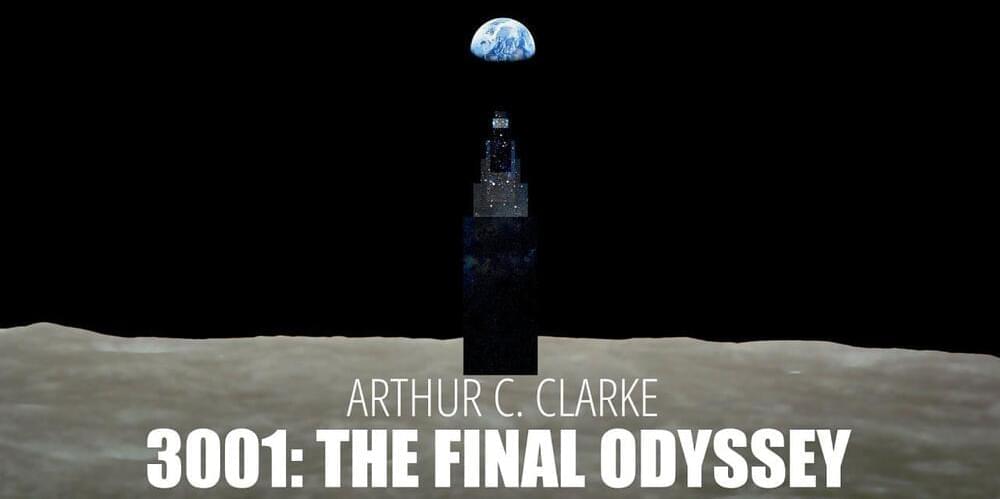The argumentative theory of reasoning suggests that the main function of reasoning is to exchange arguments with others. This theory explains key properties of reasoning. When reasoners produce arguments, they are biased and lazy, as can be expected if reasoning is a mechanism that aims at convincing others in interactive contexts. By contrast, reasoners are more objective and demanding when they evaluate arguments provided by others. This fundamental asymmetry between production and evaluation explains the effects of reasoning in different contexts: the more debate and conflict between opinions there is, the more argument evaluation prevails over argument production, resulting in better outcomes.
Watch this next video about the Future of Artificial Intelligence (2030 — 10,000 A.D.+): https://youtu.be/cwXnX49Bofk.
► Udacity: Up To 75% Off All Courses (Biggest Discount Ever): https://bit.ly/3j9pIRZ
► Brilliant: Learn Science And Math Interactively (20% Off): https://bit.ly/3HAznLL
► Jasper AI: Write 5x Faster With Artificial Intelligence: https://bit.ly/3MIPSYp.
SOURCES:
• Life 3.0: Being Human in the Age of Artificial Intelligence (Max Tegmark): https://amzn.to/3xrU351
• The Future of Humanity (Michio Kaku): https://amzn.to/3Gz8ffA
• The Singularity Is Near: When Humans Transcend Biology (Ray Kurzweil): https://amzn.to/3ftOhXI
Official Discord Server: https://discord.gg/R8cYEWpCzK
Patreon Page: https://www.patreon.com/futurebusinesstech.
💡 Future Business Tech explores the future of technology and the world.
Examples of topics I cover include:
The ancient Egyptian pyramids have stood for thousands of years and are among the world’s most enduring monuments. But what did the pyramids look like when they were first built?
These hypothetical stars are the densest objects in the universe that can exist without becoming full-fledged black holes.
But with so many signals that could happen, how can scientists possibly sift through all of them to try to find a possible alien transmission?
Well, it turns out, scientists found the answer: Don’t. Instead, let AI do it for you.
That’s exactly what the researchers behind this study did, utilizing an AI algorithm to look through signals from a designated 820 different star systems. These targets were made from the Hipparcos catalogue, a collection of data from 118,200 stars made by the European Space Agency’s (ESA) Hipparcos satellite, and totaled over 480 hours of data.
NASA’s NuSTAR telescope has spotted patches of high-energy X-rays radiation across the sun’s surface that could explain why the star’s atmosphere is mysteriously hot.
While Venus has long been ignored as a potential home for alien existence, MIT researchers say that the skies of Venus may be hosting aerial extraterrestrial life.
Phosphine Found
The Space Academy reports that, in the pursuit of extraterrestrial intelligence, Venus has hardly been considered. The reason behind such discarding is quite reasonable, given that the surface temperature of the planet reaches over 800 degrees Fahrenheit. Moreover, the density of its atmosphere adds pressure that is close to a hundred times greater than that of the earth’s. Venus also precipitates sulfuric acids, which may cause serious burns among humans.
Spotting asteroids near the sun
Astronomers have gotten good at detecting even small asteroids that might be headed toward Earth. But an unknown number of asteroids have paths that might carry them toward us from the sun’s direction. And it’s tough – or impossible – to spot those asteroids coming toward us. ESA’s planned NEOMIR mission will orbit between Earth and the sun at the first Lagrange point (L1). It’ll act as an early warning system for asteroids – 65 feet (20 meters) and larger – that instruments on Earth’s surface cannot see.
NEOMIR stands for Near-Earth Object Mission in the Infrared.
NASA’s mission has always been dedicated to promoting science, technology, aeronautics, and space exploration to improve education, economic vitality, environmental stewardship, innovation, and most importantly knowledge.
For the past week, the space agency has achieved a lot in exploring outer space and shared important insights for further research. From naming a mountain on the Moon, watching and helping from space, and gathering rock samples, here are a few stories that made it to the list:
3001: The Final Odyssey
Posted in futurism
Personal visual development based on the novel “3001: The Final Odyssey”, written by Arthur C. Clarke.
——
Shop: https://www.redbubble.com/people/gonzalogolpe.
——
Web: https://gonzalogolpe.com/
Blog: https://gonzalogolpeart.blogspot.com/
Unidad project: https://gonzalogolpeunidad.myportfolio.com/menu-eng.
Ferrol project: https://gonzalogolpeferrol.myportfolio.com/home.
Comic: https://gonzalogolpecomic.myportfolio.com/content.
Writings: https://gonzalogolpeverbo.myportfolio.com/portfolio-en.
Artstation: https://www.artstation.com/gonzalogolpe.
Behance: https://www.behance.net/gonzalogolpe.
——
#Film #3001 #GonzaloGolpe
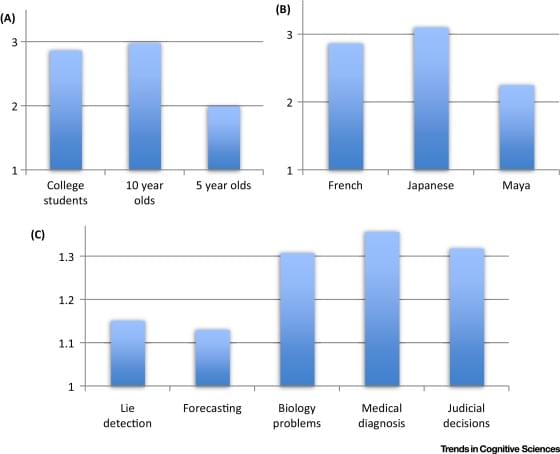
 Watch this next video about the Future of Artificial Intelligence (2030 — 10,000 A.D.+):
Watch this next video about the Future of Artificial Intelligence (2030 — 10,000 A.D.+): 